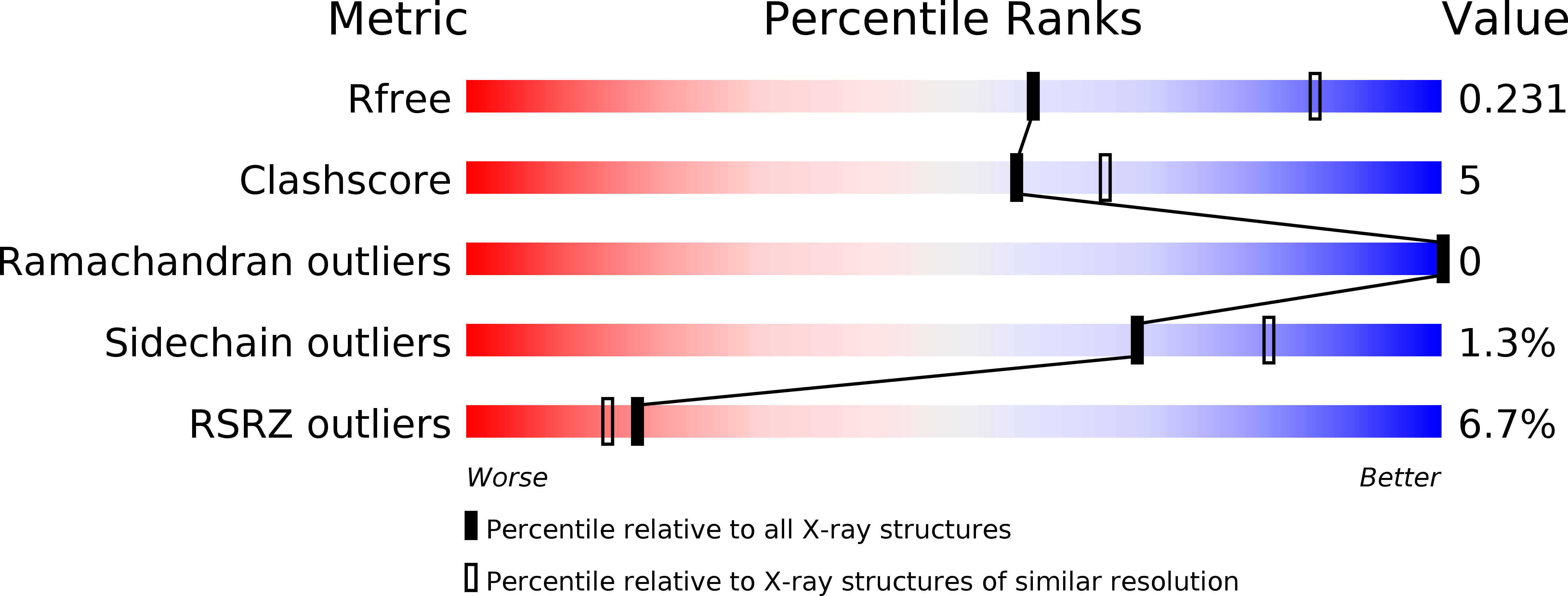
Deposition Date
2013-09-19
Release Date
2014-05-28
Last Version Date
2024-05-01
Entry Detail
PDB ID:
4C6T
Keywords:
Title:
Crystal structure of the RPS4 and RRS1 TIR domain heterodimer
Biological Source:
Source Organism:
ARABIDOPSIS THALIANA (Taxon ID: 3702)
Host Organism:
Method Details:
Experimental Method:
Resolution:
2.65 Å
R-Value Free:
0.22
R-Value Work:
0.18
R-Value Observed:
0.18
Space Group:
P 61 2 2


